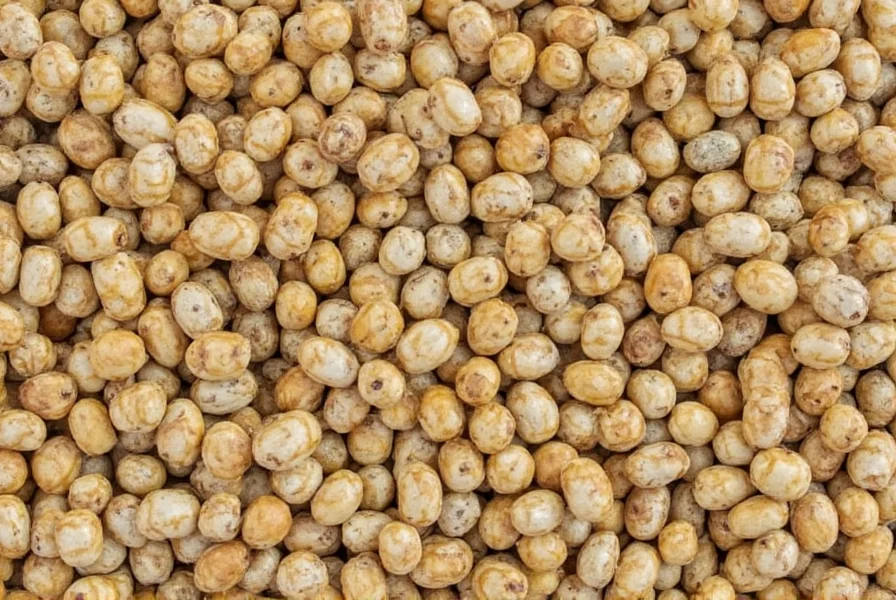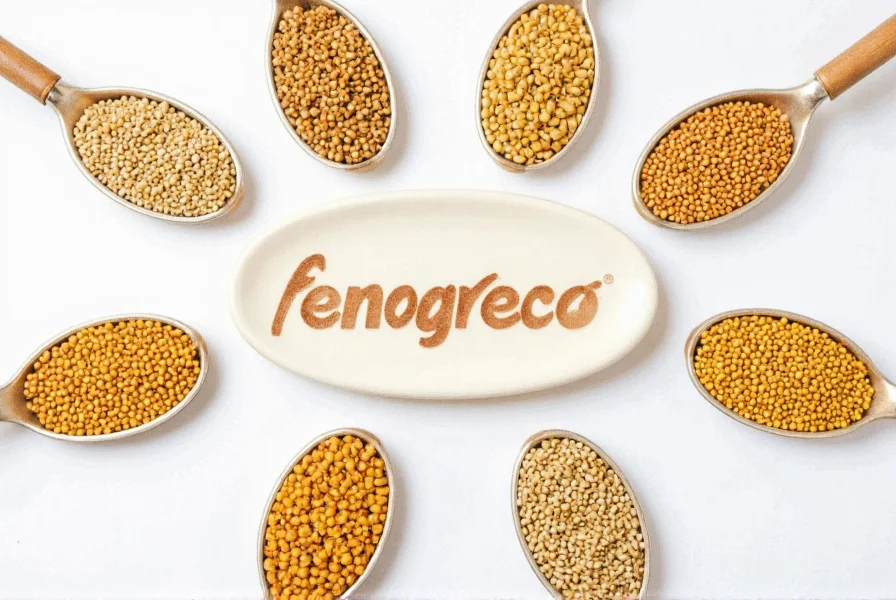Fenogreco isn't a distinct botanical entity but rather a phonetic spelling of fenugreek that appears in certain regions and languages. This clarification is crucial for anyone researching this versatile plant's properties, uses, and scientific backing. Understanding this terminology confusion prevents misinformation when exploring fenugreek's well-documented benefits.
Botanical Identity and Historical Context
Fenugreek (Trigonella foenum-graecum) belongs to the Fabaceae family, sharing lineage with peas and lentils. Archaeological evidence shows its use in ancient Egypt for embalming and as a food source. The name "fenugreek" derives from the Latin faenum graecum, meaning "Greek hay," reflecting its historical use as animal fodder.
When users search for "fenogreco," they're typically seeking information about this same plant. The spelling variation often occurs in Spanish-speaking regions where "greek" becomes "greco." This linguistic adaptation explains the common confusion between fenugreek and fenogreco.

Nutritional Composition and Active Compounds
Fenugreek seeds contain several bioactive compounds that contribute to their health properties:
| Compound | Concentration | Primary Function |
|---|---|---|
| Galactomannan | 20-30% | Dietary fiber supporting digestion |
| Diosgenin | 0.6-1.7% | Phytoestrogen with hormonal effects |
| 4-Hydroxyisoleucine | 0.015-0.03% | Insulin-stimulating amino acid |
| Saponins | 2-6% | Cholesterol-lowering properties |
Evidence-Based Health Applications
Modern research supports several traditional uses of fenugreek, now correctly identified as the plant behind "fenogreco" searches:
Blood Sugar Management
Multiple clinical trials demonstrate fenugreek's effectiveness in supporting healthy blood glucose levels. A 2022 meta-analysis in Nutrition Reviews concluded that fenugreek supplementation significantly reduced fasting blood glucose (mean difference: -19.35 mg/dL) and HbA1c levels in prediabetic and type 2 diabetic patients. The soluble fiber galactomannan slows carbohydrate digestion while 4-hydroxyisoleucine enhances insulin secretion.
Lactation Support
Fenugreek remains one of the most studied galactagogues. Research published in Complementary Therapies in Clinical Practice (2021) showed mothers consuming fenugreek supplements produced 49% more breast milk volume at two weeks postpartum compared to controls. The mechanism likely involves diosgenin's phytoestrogenic effects on mammary tissue.
Digestive Health Benefits
The mucilaginous properties of fenugreek seeds provide soothing relief for digestive tract inflammation. Clinical evidence supports its use for heartburn relief, with one study showing comparable effectiveness to 20mg omeprazole for mild-to-moderate GERD symptoms.

Culinary Applications Across Cultures
Fenugreek's culinary uses vary significantly by region, explaining why "fenogreco" appears in certain cultural contexts:
- Indian cuisine: Methi (fenugreek) leaves and seeds feature prominently in curries, pickles, and spice blends like panch phoron
- Middle Eastern cooking: Used in hilbeh (Yemeni fenugreek paste) and as a component in baharat spice mixtures
- Mediterranean dishes: Incorporated into Egyptian molokhia and Greek spice rubs
- Maple syrup substitute: Fenugreek's natural sotolon compound provides maple-like flavor in vegan recipes
Safety Considerations and Potential Interactions
While generally recognized as safe, fenugreek requires caution in specific populations:
- Pregnant women should avoid therapeutic doses due to potential uterine stimulation
- Individuals taking blood thinners should consult physicians as fenugreek may enhance anticoagulant effects
- People with peanut or chickpea allergies may experience cross-reactivity
- Excessive consumption (over 100g daily) may cause gastrointestinal discomfort
Practical Usage Guidelines
For those searching "fenogreco" seeking practical applications, consider these evidence-based recommendations:
- For blood sugar support: 5-10g of powdered seeds daily, preferably before meals
- For lactation enhancement: 580-610mg capsules three times daily (standardized to 50% saponins)
- Culinary use: Toast seeds to reduce bitterness before grinding; start with 1/4 teaspoon in recipes
- Topical application: Create a paste with warm water for skin inflammation relief
Addressing Common Terminology Confusion
The "fenogreco" versus "fenugreek" confusion stems from linguistic adaptations across cultures. In Spanish-speaking countries, the term "fenogreco" naturally evolved from the Latin faenum graecum. When researching this plant, using both spellings ensures comprehensive information retrieval, though scientific literature consistently uses "fenugreek" or the botanical name Trigonella foenum-graecum.
Conclusion
Understanding that fenogreco refers to fenugreek resolves significant confusion in health and culinary research. This ancient plant offers evidence-supported benefits for metabolic health, lactation, and digestion when used appropriately. By recognizing the terminology variation, consumers and researchers can access accurate information about this valuable botanical resource without falling prey to misinformation stemming from spelling differences.
Is fenogreco the same as fenugreek?
Yes, fenogreco is simply a regional spelling variation of fenugreek (Trigonella foenum-graecum). The terms refer to the exact same plant used globally for culinary and medicinal purposes.
What are the primary health benefits of fenugreek?
Clinical research supports fenugreek's effectiveness for blood sugar management, lactation enhancement, digestive health, and providing anti-inflammatory effects. The active compounds galactomannan, diosgenin, and 4-hydroxyisoleucine contribute to these evidence-based benefits.
How much fenugreek should I take daily for blood sugar support?
For blood sugar management, research suggests 5-10 grams of powdered fenugreek seeds daily, preferably consumed before meals. Standardized extracts typically use 500-1,000mg doses taken two to three times daily. Always consult with a healthcare provider before starting supplementation.
Can fenugreek interact with medications?
Yes, fenugreek may interact with blood-thinning medications like warfarin due to its vitamin K content. It can also enhance the effects of diabetes medications, potentially causing hypoglycemia. Consult your physician before combining fenugreek with prescription medications.
How can I use fenugreek in cooking without the bitter taste?
To reduce fenugreek's natural bitterness, toast the seeds in a dry pan until golden before grinding. Start with small amounts (1/4 teaspoon) in recipes. Combining with complementary spices like cumin, coriander, and turmeric balances the flavor profile. Fresh fenugreek leaves (methi) have a milder taste than seeds.











 浙公网安备
33010002000092号
浙公网安备
33010002000092号 浙B2-20120091-4
浙B2-20120091-4